Why House Plants are Important?
Not only do indoor plants enhance the
overall appearance of a space, but
they've been shown to boost moods,
increase creativity and reduce stress
Not only do indoor plants enhance the
overall appearance of a space, but
they've been shown to boost moods,
increase creativity and reduce stress
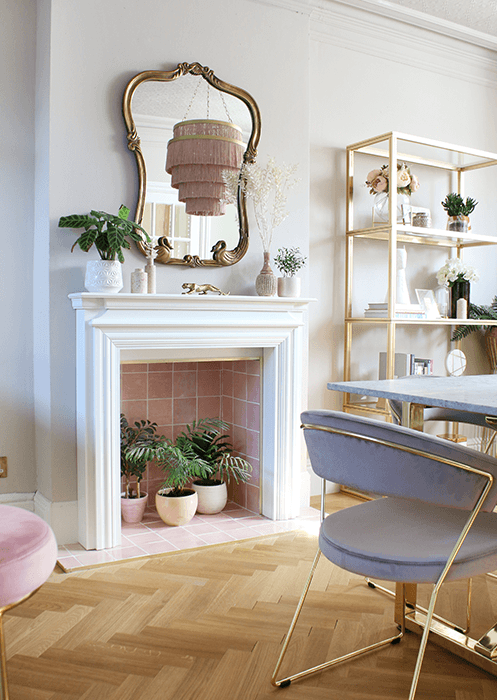
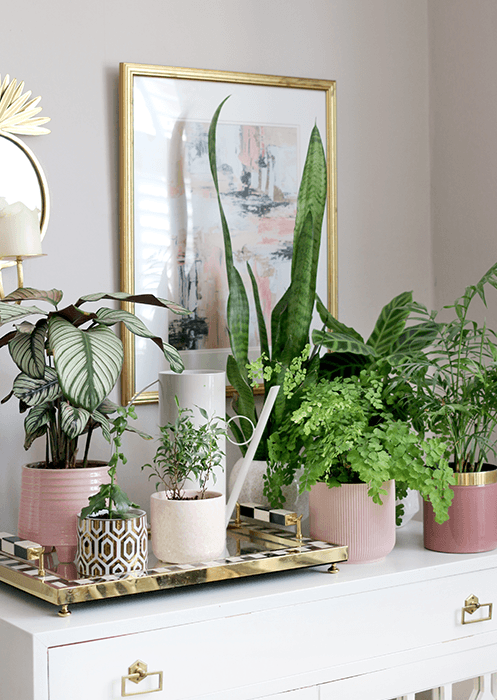
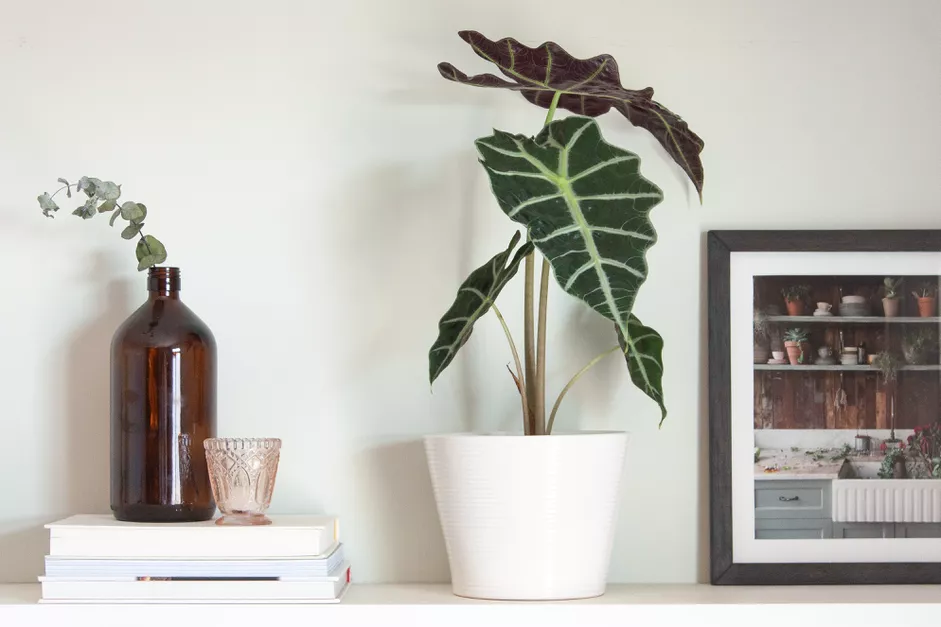
Plants provide us with food, fiber, shelter, medicine, and fuel. The basic food for all organisms is produced by green plants.
In the process of food production, oxygen is released. This oxygen, which we obtain from the air
we breathe, is essential to life.
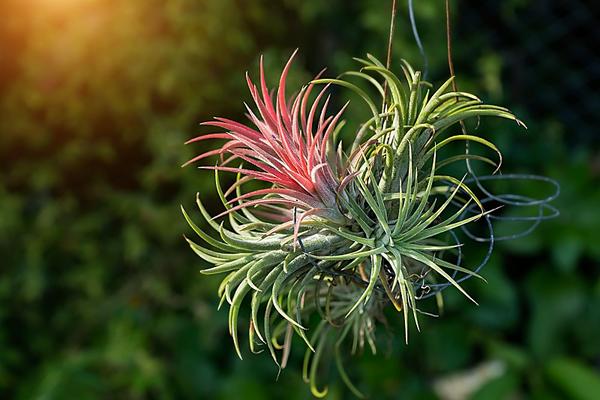
Common Houseplant Diseases: Houseplants can be afflicted with many different bacterial, fungal and viral diseases. Identification
can often be done through inspection of the plant and the growing conditions. Being able to identify the disease helps you to treat
your plant correctly and take steps to prevent further problems.
Nothing adds more beauty and comfort
to our homes indoor plants. Bedrooms,
bathrooms, kitchens, cubicles...
There really isn't a space a houseplant
can't enliven.
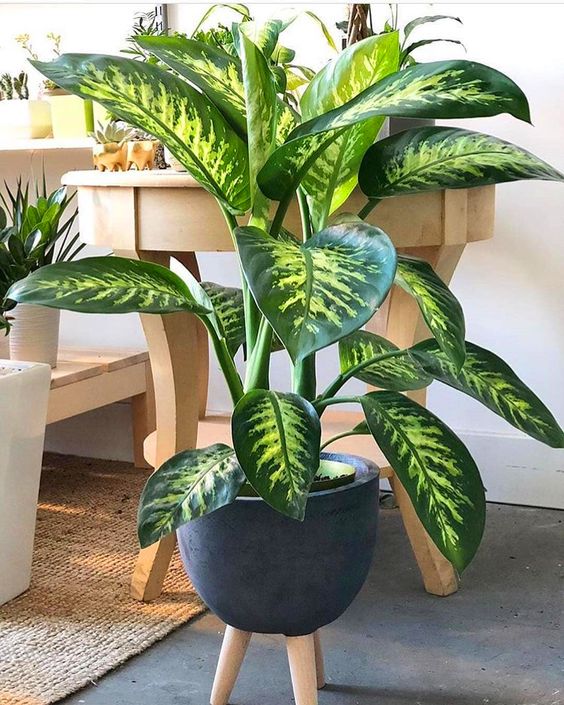
My green thumb came only as a result of
the mistakes I made while learning to see
things from the plant's point of view.